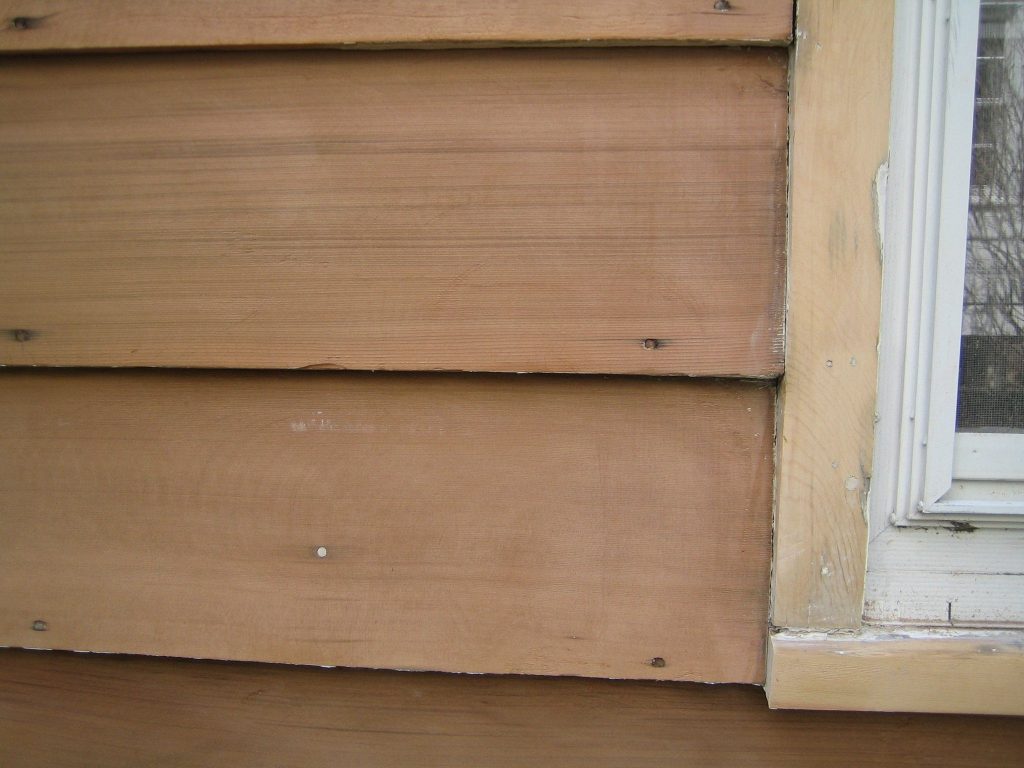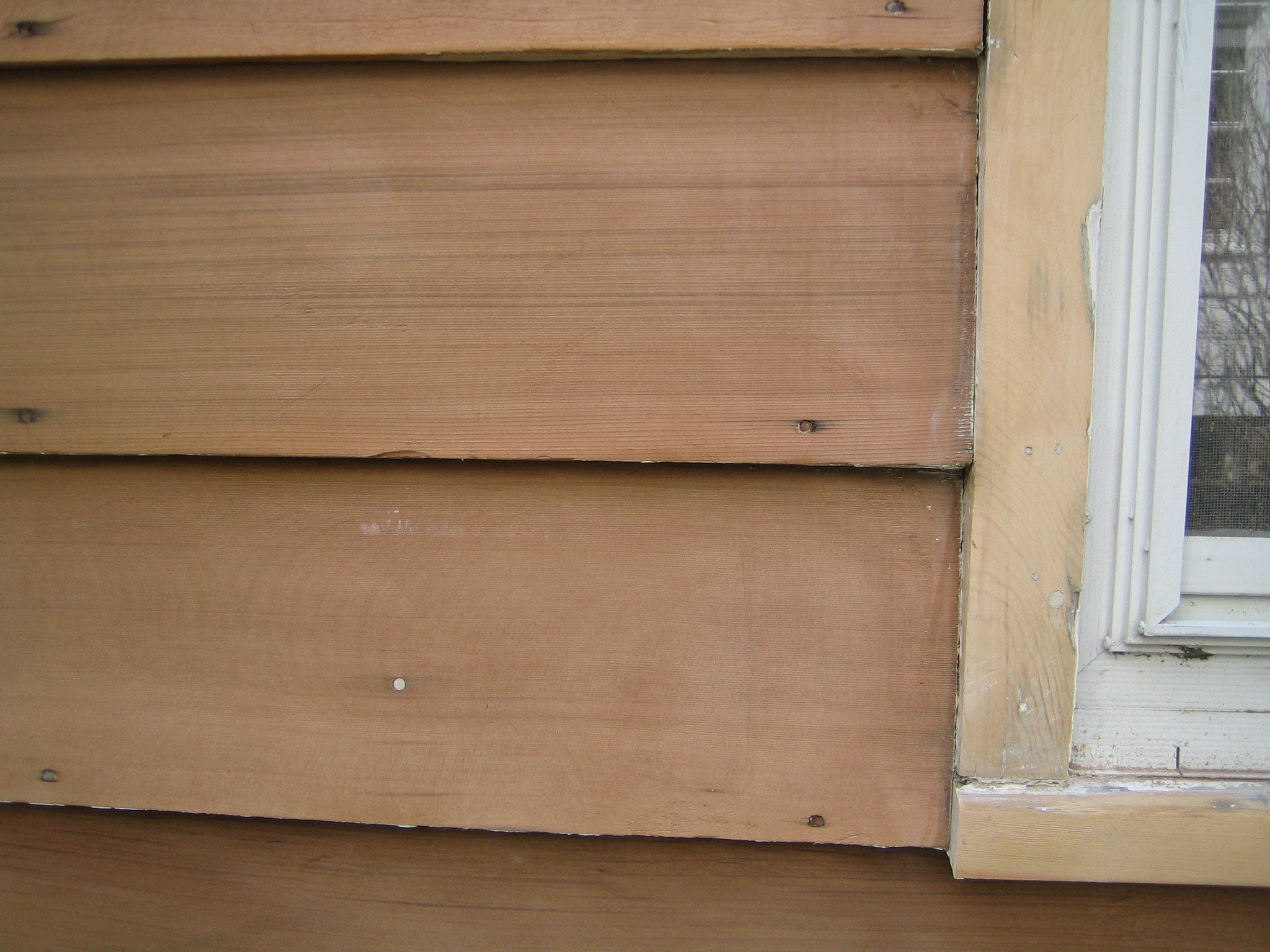By and large, when people paint things, they want those things to remain painted. That doesn’t meant that paint always ends up where we want it. Drips and drabs while we’re painting is a common phenomenon; much more common than any of us would like. And who hasn’t pulled up masking tape sometime, to find that the paint bled under the tape?
Of course, there are also those times when paint was applied intentionally, but needs to be removed. That’s a common occurrence when people buy old homes and start fixing them up. They might want to have stained and varnished woodwork, but there are a dozen or more layers of paint already there. The only choice, without replacing the wood, is to find some way of removing the existing paint.
The typical way of cleaning paint off of woodwork is to use chemical paint strippers. But those chemical strippers are dangerous to use. Most contain methylene chloride, also called dichloromethane, which produces large quantities of carbon monoxide in the body, when inhaled. That can cut off oxygen to the heart and can even affect the brain, causing people to stop breathing.
Obviously, these chemical strippers should only be used with excellent vent. But that leaves us with a problem, if we need to remove paint in our homes. We need another option; one that isn’t as dangerous to our health. Fortunately, there are options available to us.
Before even attempting to remove the paint from interior woodwork, we need to make sure that there’s only paint on the wood. It’s not uncommon to find both grease and wax on painted surfaces. Either of these will not only stop commercial paint strippers from working, but they’ll also stop our more natural paint strippers. Use a good degreaser to remove grease buildup, making sure that it is cleaned all the way down to the paint. Grease buildup over time becomes hard and therefore difficult to remove.
Vinegar
One of the best natural paint strippers there is, is common household white vinegar. Vinegar is acidic, making it caustic to many things. Amongst these is its ability to soften both latex and oil-based paints, making them easy to remove.
In order to use vinegar to remove paint, start by heating a small amount of white distilled vinegar over the stove or in the microwave. Using a clean paintbrush or piece of cotton cloth, apply the vinegar to the painted surface with a dabbing motion. It is not necessary or advisable to paint it on. The vinegar will need 10 to 15 minutes to work, softening the paint. Should it become dry during that time, apply more vinegar to the surface.
Avoid getting the vinegar on other surfaces during this process. Vinegar is an acid and will attack a wide variety of surfaces. The best that can be hoped for in these circumstances is that the vinegar will dull the surface finish. It has been known to dull hardwood floors, waxed surfaces and stone (marble or granite) countertops.
After 10 to 15 minutes, the paint should be softened and can be scraped off the surface with a putty knife or paint scraper. If there are a lot of layers of paint, additional applications may be needed, as the vinegar might not be able to soak through them all. Once the final vestiges of paint are removed, use a damp cloth to remove any remaining vinegar.
It may be necessary to use something other than a scraper for some parts of the woodwork, depending on the shape and form of the wood pieces. Some types of wood moldings will have small indented areas, which are hard to reach into with a scraper or even the corner of a putty knife. Some sort of smaller tool may be needed to get into those areas. Likewise, carved moldings, such as the gooseneck rail or volute at the bottom or top of a stair railing, or a rosette, may require some special tools, as it can be difficult to clean the paint off of.

Baking Soda
Like vinegar, baking soda (sodium bicarbonate) can be used to remove paint, and in much the same way. Care must be taken though, as baking soda can be harmful to hardwoods. It is best used for other surfaces, but if it is used on hardwoods, care must be taken to remove the baking soda quickly when the last layer of paint is removed.
In order to use baking soda, first boil a cup of water in an old saucepan (one that isn’t used in the kitchen anymore) and add a half cup of baking soda, stirring thoroughly. As was done with the vinegar, dab the baking soda mixture onto the painted surface with a clean paint brush or cotton rag. Allow it to sit for 10 to 15 minutes and then scrape off the softened paint.
Baking soda and vinegar should not be used together or even mixed together. When the two are mixed it creates carbon dioxide gas. We all probably remember using this mixture in school sometime, to make a paper mache volcano erupt.
Other Alternatives
Both vinegar and baking soda work to help remove paint in that they help to soften the paint, making it possible to scrape it off. It is also possible to soften the paint by using heat on it, especially latex paint. A heat gun, essentially a super-charged handheld hair dryer, will heat paint quite effectively, also allowing it to be scraped off. Care must be taken when using this method though, as the heat generated can burn the skin.
Regardless of any of these methods that are used, it is not unusual to have small amounts of paint that are more difficult, not coming off with the rest. The solution for this is to sand the paint off, using a medium-grit sandpaper. Please note that paint will clog up the sandpaper, so it is inadvisable to remove all the paint via sanding. Even so, sanding is the proven method for harder to remove paint.




